Life Skills Speech and Language Enrichment Activities: Digital E-Books
$30.00
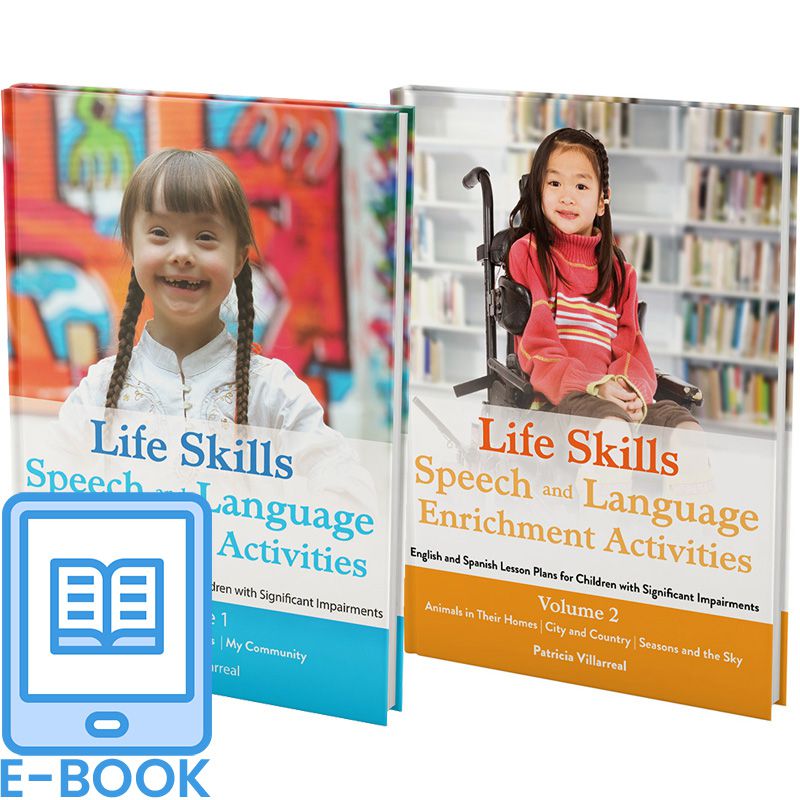
Boost your Confidence and Navigate the Challenges of the Life Skills Classroom.
For those of us who have had the opportunity to work in a life skills classroom we know that it can be the most rewarding and most challenging experience. However, serving children with severe impairments is almost always heavily weighted towards the challenging end of the spectrum.
- We can rarely produce therapy materials that can be used again
- Each activity has to be individually modified for each individual student
- The degree of severity across clients differs so radically due to augmentative communication, hearing loss, low vision, and reduced mobility.
These books will change the way you do therapy! Take a look:
Due to their downloadable nature, e-books are non-refundable.
These 2 e-books come together and contain over 450 pages of powerful therapy materials that can be re-employed each year by maintaining the curriculum-based theme and adapting the modifications and augmentative communication support.
Need CEUs?







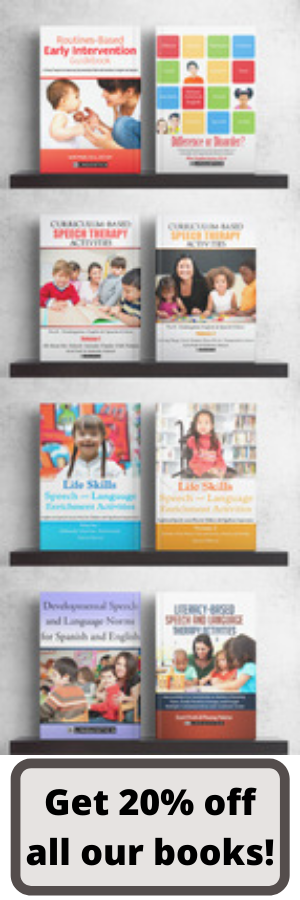
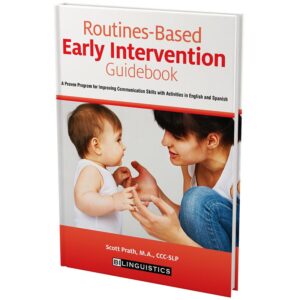
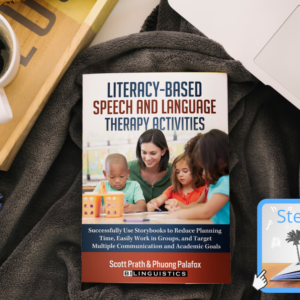

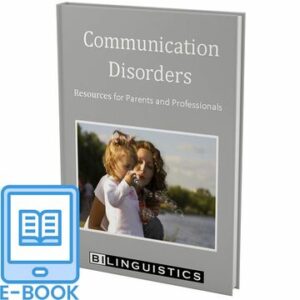
Reviews
There are no reviews yet.